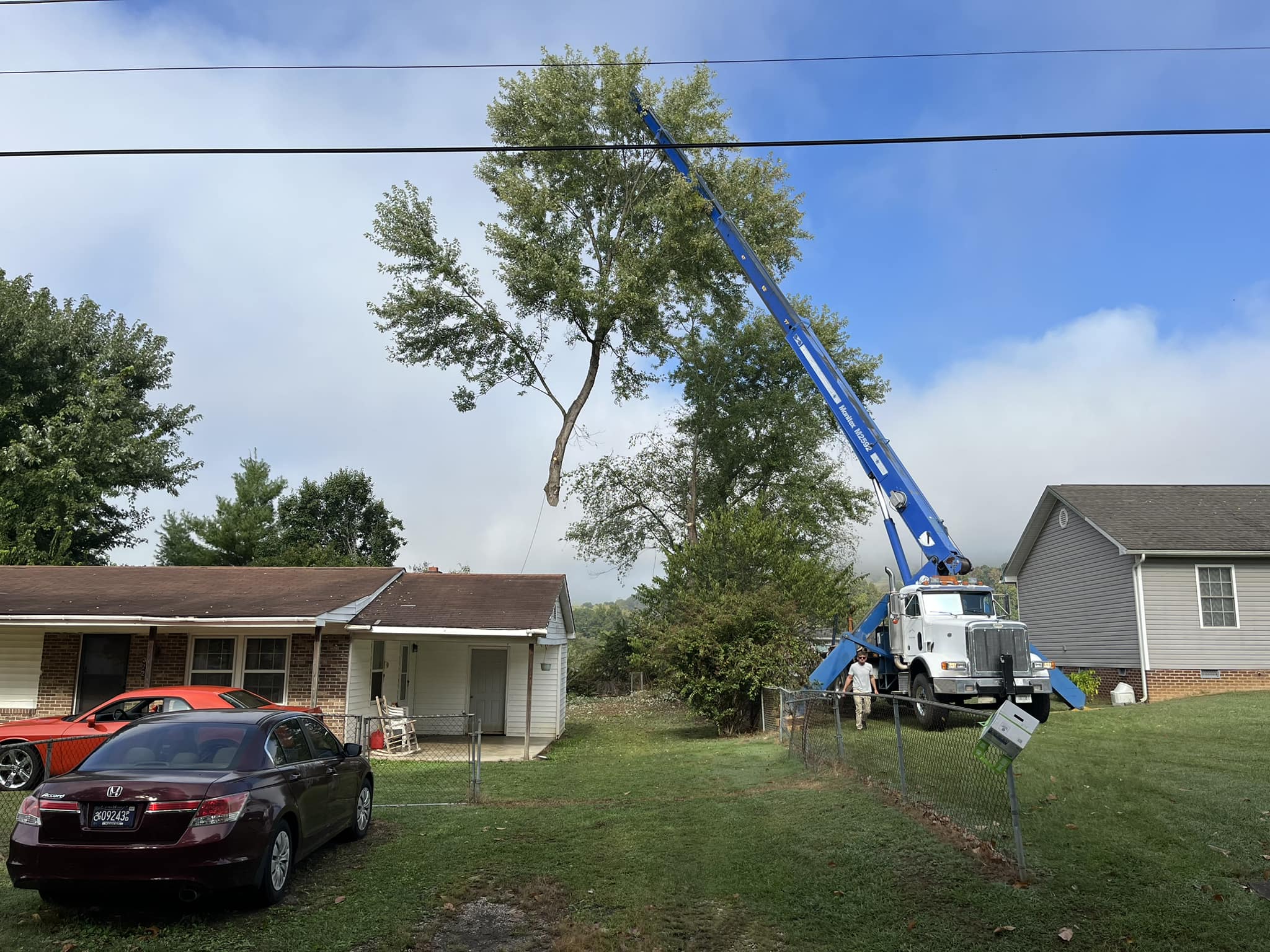
Tree Planting and Aftercare: Ensuring Long-term Growth and Vitality Nov 20, 2025
When embarking on tree planting, the first step is selecting the right species for your location. Consider climate, soil type, and the available space for growth. Native species are often the best choice because they are adapted to the local environment and require less maintenance. Consulting with a professional, such as the experts at Brocks Tree Service LLC, can help you choose trees that will thrive in your area.
Once you have selected the appropriate tree species, timing your planting is crucial. Fall and spring are generally the best seasons for planting, as cooler temperatures and moderate rainfall support root growth. Make sure to inspect the tree for any visible damage or disease before planting.
The next step is to prepare the planting site. Proper site preparation includes removing weeds and thoroughly loosening the soil. By breaking up the soil, you enable the roots to grow more easily. Dig a hole that is twice as wide as the root ball but no deeper than the height of the root ball. Position the tree in the hole, ensuring the trunk is vertical and the root flare is at or slightly above ground level.
Backfill the hole with the soil you removed, gently packing it down to eliminate air pockets. Water the tree deeply after planting to settle the soil around the roots and provide the necessary moisture. Applying a layer of organic mulch around the base of the tree can help retain soil moisture, suppress weeds, and regulate soil temperature.
Successful aftercare is fundamental for the tree’s long-term health. Regular watering is essential, especially during the first year as the tree establishes its roots. Water deeply once a week, allowing the water to penetrate the soil to encourage deep root growth. Adjust your watering schedule based on weather conditions and soil moisture.
Mulching is another critical aspect of aftercare. Mulch not only conserves moisture and prevents weeds but also adds nutrients to the soil as it breaks down. Renew the mulch layer annually, making sure it is not piled against the trunk to prevent rot.
Monitoring for pests and diseases is also vital. Keep an eye out for any changes in leaf color, formation of lesions, or dieback, and contact professional services if you notice any unusual symptoms. Regular pruning, conducted by a skilled arborist, can help maintain the desired shape and remove any dead or diseased branches.
Finally, remember that patience and consistency are key. Trees can take several years to establish, but with proper care, they will provide lasting benefits. Working with Brocks Tree Service LLC can ensure each stage of the tree planting and aftercare process is expertly managed.
By following these guidelines, you can promote the long-term success and vitality of your trees, enhancing your property while supporting the environment. Whether you are a seasoned gardener or a first-time tree planter, investing effort in these initial steps will yield a flourishing landscape for years to come.
/filters:no_upscale()/media/14524e9b-b3f0-49af-80f3-9eb22ef0b1a7.jpeg)
/filters:no_upscale()/filters:format(webp)/media/ef612925-5985-4fe7-aa1e-5f2dda9f9752.jpeg)